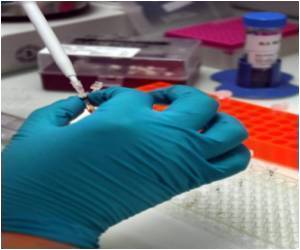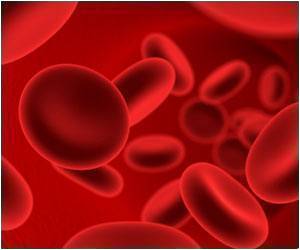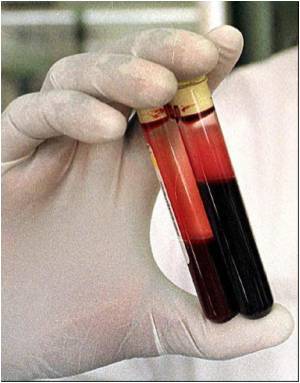
Infectious disease remains a leading cause of death worldwide. Many of these deaths actually result, in large part, from our bodies' own excessive responses to certain types of infections. Whether the infectious agents first gain access to our bodies via a wound, intravenous line, or catheter, and whether they first establish infections in our skin, lung or intestine, all too often they evade our natural immune defense mechanisms and then spread, causing a generalized infection throughout much of the body.
Unless effective antibiotics are administered promptly, these generalized infections can lead to sepsis, a syndrome in which the immune system unleashes so much infection-fighting inflammation that it causes more damage than good, leading to organ failure, shock and death. With the ever-growing presence of multiple drug resistant bacteria like MRSA, the incidence of sepsis is increasing, even in state-of-the-art hospitals. Typically doctors simply tell family members that these deaths are caused by infection, but in many cases the true cause of death is sepsis.
One reason sepsis is difficult to treat is that the excessive inflammatory response prompts changes in another powerful system of our bodies, the blood clotting system. Blood is supposed to clot in response to trauma, as a means to prevent bleeding. However, the excessive inflammation that accompanies sepsis causes blood to clot within our blood vessels, even in the absence of trauma, thereby blocking blood flow and starving tissues of life-giving oxygen. It seems logical to treat sepsis patients with drugs that stop blood clotting (i.e. anticoagulants). However, anticoagulant therapies have largely failed to extend the lives of patients with sepsis. The Trudeau study provides a dramatic demonstration of the importance of the blood clotting process during sepsis, thus helping to explain why anticoagulants typically fail to help sepsis patients.
Additionally, the Trudeau study identified a number of molecular players key to regulating the levels of fibrin produced by the protective blood clotting pathway. The Smiley lab hypothesizes that drugs for sepsis will need to maintain these protective pathways, while preventing the excessive, oxygen-depriving, blood clotting that causes organ failure. Importantly, they identified at least one drug target that may allow them to selectively prevent the damaging blood clots while maintaining the protective fibrin. Specifically, they showed that the "extrinsic" blood clotting pathway is critical for protective clotting during sepsis whereas the "intrinsic" pathway appears to be dispensable. Ongoing studies aim to assess whether anticoagulant drugs that selectively block this intrinsic pathway will help to prevent deaths from infections that cause sepsis.
Source-Eurekalert









